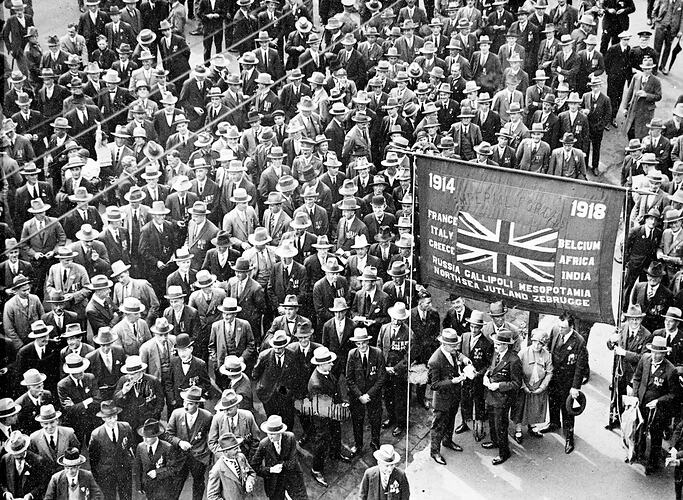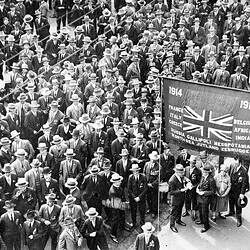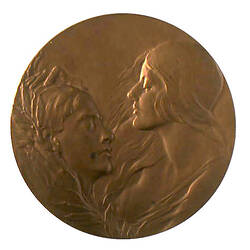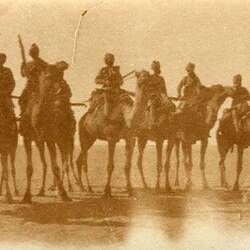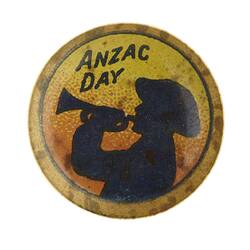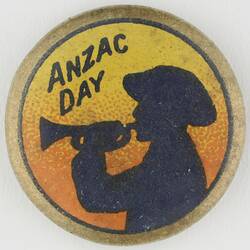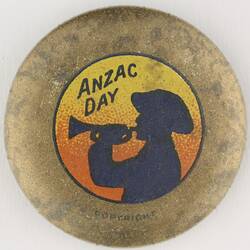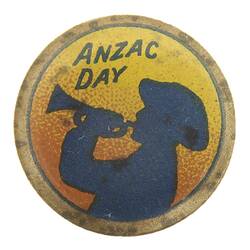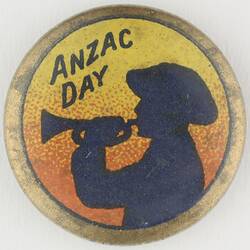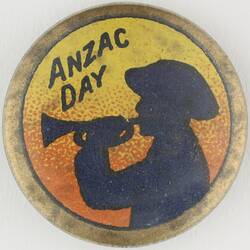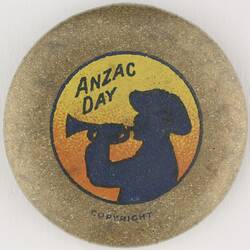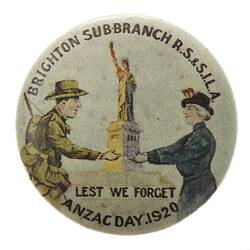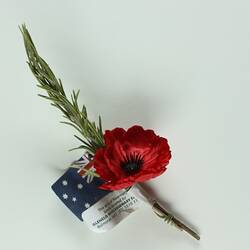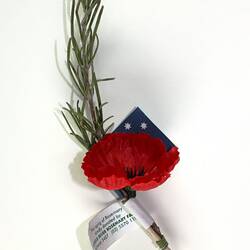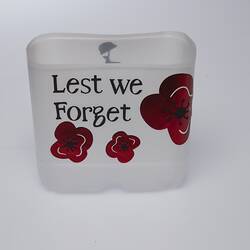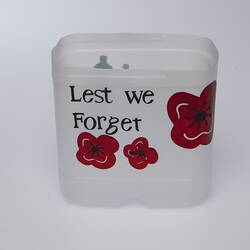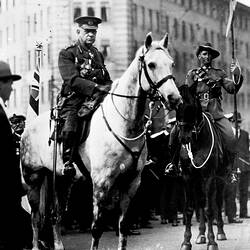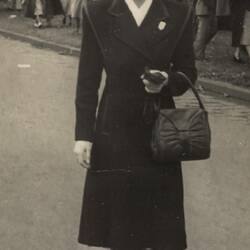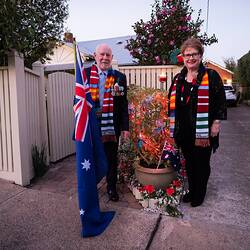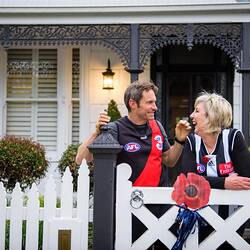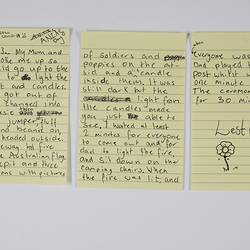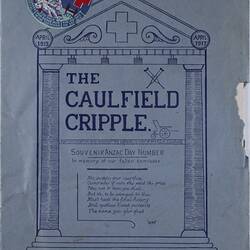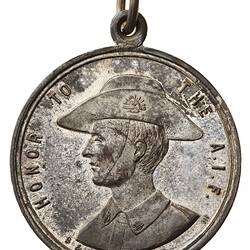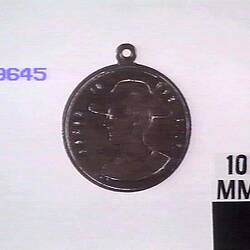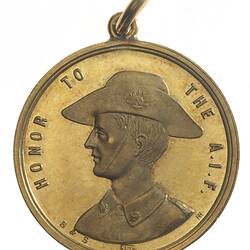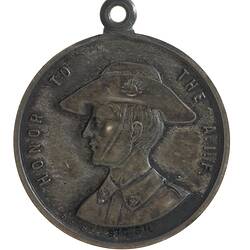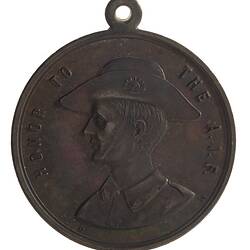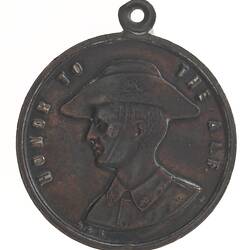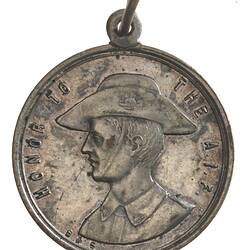Anzac Day is an Australian national holiday marking the anniversary of Australia's first major involvement in World War I: an attack by Australian and New Zealand Army Corps (ANZACs) and Allied forces on the Gallipoli Peninsula of Türkiye on 25 April 1915. The campaign was stubbornly waged for eight brutal, bitter months, ending in failure. The terrain was too steep and the Turkish defences too strong to overcome. The toll was terrible: 8,141 Australians died and 17,970 were wounded. In total 44,000 British Empire and French forces died; at least 85,000 Turkish forces also lost their lives.
The date was officially designated 'Anzac Day' on 25 April 1916. It is now a day of national remembrance, when Australians reflect on the meaning and impacts of war. The Anzac Day Act 1995 declared that 'Anzac Day, on 25 April, to be the national day of commemoration to recognise and commemorate the contribution of all those who have served Australia (including those who died) in time of war and in war like conflicts'.
Medals and badges were issued after the first Anzac Day to raise funds for the war effort and its legacies. They include the Anzac Remembrance Medal issued in 1919, produced and sold to raise funds for of Australians and New Zealanders wounded in World War I. Artist Dora Ohlfsen was one of Australia's foremost medallists in the first half of the 20th century, although she principally lived in Europe and was better appreciated outside Australia. She worked as a nurse for the Red Cross in Italy during World War I and was deeply moved by her experience. Museums Victoria holds examples of her medal, including NU 20766.
Anzac Day and other fund-raising badges were typically displayed on ribbons during and after World War I, commemorating involvement in the war effort. Rosalie Triolo notes that children particularly enjoyed displaying badges that they had bought as fund-raisers for the war. One former child, Winifred Grassick, remembered that Red Cross buttons were posted to schools each month by the Education Department. to be sold for a shilling each. 'They surely must have raised a significant sum because they were a regular feature of even our small school. We took an interest and pride in being able to display a ribbon containing the whole sequence', she remembered.
Decades later Anzac Day was still being commemorated by veterans and families who lived through the conflict. In recognition of its continuing importance an Anzac Commemorative Medal was issued in 1967. Museums Victoria holds an example that was presented to the family of Lieutenant Frederick Gladstone Wilson (NU 44483). Wilson's 13th Battalion landed at Gallipoli under heavy fire late in the afternoon of 25 April 1915, part of the 4th Brigade under the command of Colonel John Monash. Wilson was killed the next day, at the age of 24. His body was never found. An obituary described him as 'smart in appearance and manner, and possessed of a genial disposition, he was a favourite with his brother officers and those under him'. (Daily Telegraph, 6 May 1915, page 7). His brother was also killed in World War I.
In 2018 a wreath was made by staff and visitors to Melbourne Museum for Remembrance Day 2018, marking 100 years since the end of World War I. It is displayed at Melbourne Museum on each Remembrance Day, 11 November and each Anzac Day.
In 2020, during the Covid 19 pandemic, Museums Victoria documented and collected items that reflected the special ways that Victorians commemorated Anzac Day from their homes during lockdowns.
The word 'Anzac'
The word 'Anzac' is protected under the Federal Statutory Rules 1921. These protections prohibit the use of 'Anzac' in trade contexts and require ministerial permission to use the word in public contexts. The Rules use the form 'Anzac' - as a proper noun - rather than the acronym 'ANZAC'. The acronym form is still used when referring to the Australian and New Zealand Army Corps.
References
Anzac Day Act 1995 (legislation.gov.au), accessed 19/4/2023.
Statutory Rules 1921 No. 2 as amended made under the War Precautions Act Repeal Act 1920; compilation was prepared on 12 January 2001 taking into account amendments up to SR 1989 No. 419, Protection of Word 'Anzac' Regulations (legislation.gov.au), accessed 19/4/2023.
Australian War Memorial, ANZAC acronym | Australian War Memorial (awm.gov.au), accessed 19/4/2023.
Anzac (Australia), International Encyclopedia of the First World War, Anzac (Australia) | International Encyclopedia of the First World War (WW1) (1914-1918-online.net), accessed 19/4/2023.
Rosalie Triolo, 2012. Our Schools and the War, p.81.
More Information
-
Keywords
-
Localities
-
Authors
-
Article types
